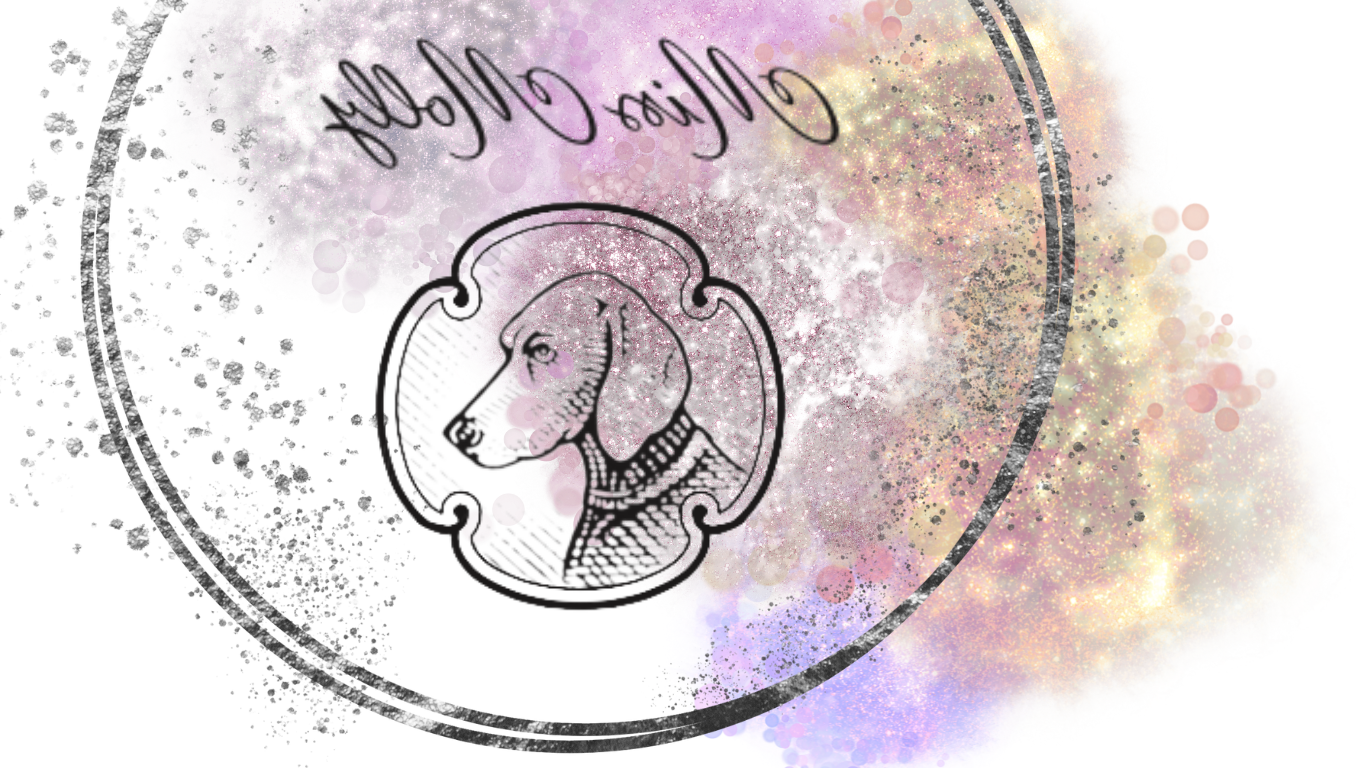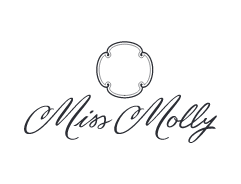Discovering the perfect tannin
By Clayton Reabow
During May, I embarked on what I consider the mecca of wine journeys to Burgundy, France. This has always been a long term dream of mine that has for some reason been delayed the last 7 years or so. I was accompanied by my good friend and Burgundy oenophile Chris Albrecht who also happens to be the Winemaker at Bouchard Finlayson.

Chomping at the bit and ready to taste Burgundy
After our compulsory croissant breakfast, we set off for our first appointment at Domaine Faiveley in Nuit St George. The domaine is a reasonably sized operation with ownership of 21 premiers cru and 10 grand crus parcels. We were hosted by the Winemaker, Julian Bordet who provided us with a seated and generous tasting of 9 of their wines, all from the 2015 vintage. The highlight of the tasting for me which surprised me considering I am such a wooded white wine fan was their Montagny 2015 which is a Chardonnay only comprising 10% oak (100% new) and the remaining 90% unwooded and matured in stainless steel. Tasting notes below:
Lemon and lime pithiness with sweet fruit undertone. Subtle aniseed and liquorice spice. The palate is extremely well balanced with perfectly balanced acidity. RP: 16€
And this is what kicked off my journey into understanding the perfect balance between oak and wine.

Winemaker, Julien Bordet with Chris confirming that we were in Burgundy
After some back and forth driving along the Cote d’Or we attended our second appointment for the day in Morey St Denis which I have to admit will be remembered as the highlight of our trip. Domaine Dujac is owned by the Seyess family with the vineyards and wines currently curated by the son, Jeremy Seyess. Jeremy met us in their underground barrel cellar and this is where I had my “tannin epiphany”
In total we tasted 9 Pinot Noirs of which 5 were all grand crus from sites situated in Vosne Romanee and Morey St Denis. To put things into perspective, they share a site with Domaine de la Romanee Conti, the world’s leading and most well-known Burgundy producer with a wine produced from a vineyard site known as Echezeaux in the Vosne Romanee.
My epiphany hit me in the face on wine no. 7, which I initially wrote off as “site syndrome” ( when you believe everything you taste is the best you have experienced until you get home and get let down when you taste the wine again). This was certainly not the case here as I had just enough in my glass for a 3rd helping (the Burgundians are generous). The wine was the Clos de La Roche 2015 and my tasting notes read as follows:
Very floral, spicy and savoury with a seamless tannin structure. The tannins feel as if they are encapsulated in silk or oil. The tannins coat the palate providing enduring balance and structure.

The wine that changed my life: Clos de La Roche 2015
After tasting and drinking Burgundy for so many years, I am embarrassed to say that I have never tasted a Burgundy with such a profile. As the tasting went on and more grand crus were opened I soon realized one simple observation. What separated premier crus to grand crus was this tannin profile which not only changed the way I appreciated wine, but the growing and making of it.

Chris and I in awe outside Domaine Dujac after our tasting. (We stood there for a while)
We did not believe anything was going to trump that visit until we arrived the following day outside the entrance to Domaine Leflaive in Puligny Montrachet. We were in fact lost and by pure chance arrived at the domaine after enquiring with reception where in fact the domaine might be. After confirming our arrival, we were met yet again by the Winemaker, Pierre Vincent who took us down into the cellar for arguably the best Chardonnay tasting I have experienced to date.
Again we only tasted wines from the 2015 vintage which I soon realized was a really exceptional Burgundy vintage. We started with their Macon Verze 2015 produced from a site outside the Cote d’Or in the Cote Challonaise and worked our way back up into the Cote de Beaune vineyards. What I found so refreshing from the visit was their absolute honesty regarding their wines and their willingness to share. Something I truly believe in and feel we don’t do enough of within the South African wine industry.
After tasting a few bottled wines, Pierre Vincent led us into the winery where he conducted a tasting of all their 2015 grand crus sites. To say my mind was blown is an understatement. The wines were for a lack of better words, oxymoron in style. Finesse and elegance infused with power and structure.
The real showstopper presented itself in the Chevalier Montrachet 2015. Tasting notes below:
Spicy orange zest with marmalade tones. Has an understated power with pure elegance and class. Only 25% new oak used
The moment was so big that it required a ridiculous photo in the Chevalier Montrachet vineyard after the tasting.

The vineyard of Chevalier Montrachet in Puligny Montrachet
I highlighted only 25% new oak usedin my tasting note as this was a complete revelation and I suppose this part is more suited to either winemakers or wine geeks. For a wine to contain so much power and length and yet only contain 25% new oak astonishes me. It has become an increasing trend in the SA wine industry to reduce oak contact as well as the percentage used. I have never been convinced based on the wines I have tasted locally. Tasting Burgundies such as these produced in this manner has altered my perception.
The following day we had a very fortuitous tasting at Domaine Arnoux in Chorey – les – Beaune. The tasting was not scheduled prior to our trip and only occurred as we had met the son, Jean Baptiste at Bouchard Finlayson a few weeks earlier in South Africa. Here we were treated to a full barrel tasting of the 2016 vintage of Pinot Noir and Chardonnay which mostly reflected their premieur crus vineyards and their one Corton Grand Cru vineyards.

Jean – Baptiste siphoning Corton “Le Rognet” Grand Cru 2016 from barrel
If this wasn’t not enough, we then proceeded upstairs and tasted through their entire bottled range from the 2014 and 2015 vintage. I really enjoyed their selection of Chardonnay’s produced as a village classification representing Chorey – Les Beaune, Savigny – Les – Beaune and Pernand – Vergelesses. All these vineyards are a stone throw away from the mighty hill of Aloxe Corton producing some of the finest white Burgundy the world has to offer.
During the tasting I noticed how bright and vivid the wines were, especially the Pinot Noir. Granted they were from a younger vintage but had sublime clarity and red wine hue.

Corton “Le Rognet” Grand Cru 2014
As with all the visits we had, Jean – Baptiste was extremely hospitable and humble. It was refreshing to taste wines during our visit of such magnitude and for them to be presented by people with zero ego or arrogance.
In the days that followed, we spent as much time as we could touring the vineyards visiting the Premieur and Grand cru sites. Until visiting Burgundy, I always believed the distinction between the classifications to be convoluted. Visiting and experiencing this made the differences so much clearer to me as can be seen in the image below.

A visit to the Clos de Lambray vineyard
On the right hand side of the image is the famous Clos des Lambrays vineyard in Morey St – Denis. This is a Grand Cru classified vineyard. Directly across the road a mere 10 meters away lies the Morey St Denis vineyard classified as village wine. On close inspection of the grand cru soil pictured below, the soil is rich in organic matter and clustered with marble and limestone.

The grand cru soil of Clos des Lambrays
No trip to Burgundy can take place without visiting the most famous vineyard in the world, Romanee Conti. Unfortunately this was not tasted but certainly next time.

The famous Romanee Conti vineyard in Vosne Romanee

